How to Modify Your Car Seat For a Pain-Free Ride
Most of us spend a good deal of time in our cars, commuting, chauffeuring kids around, doing errands, or if we’re lucky, heading out to an adventure spot. Much of this time is spent being physically uncomfortable, especially if the car was manufactured in the last decade. There seems to be a downward spiral of poor posture and design that reflects poor posture - which in turn worsens posture. How can we break this cycle?
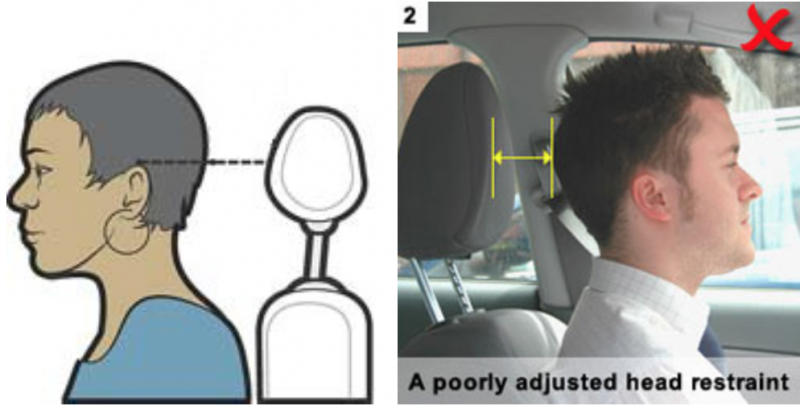
The industry standard for human form reflects the average in society: shoulders forward, S-shaped spine, and forward head. Car seats are designed to fit these features.
A checklist for healthy posture when driving includes:
- Shoulders: back and down
- Neck: elongated and stacked over the spine
- Bottom: well back in the seat
- Spine: elongated and well-stacked
Modern car seats often make these simple posture practices challenging or impossible. The good news is that it’s relatively easy to fix almost any kind of carseat to make it conducive to good posture.
- Shoulder positioning. You may find that the “bolsters” in your carseat get in the way of placing your shoulders back.

The bolsters add considerable horizontal curve to this seat upright, and prevent the arms and shoulders from resting back beside the torso.
The origin of bolsters lies in the racing car industry - bolsters keep racing car drivers in their seats as they whizz around corners at high speeds. For those of us not compelled to turn corners at 100 mph, the bolsters are an annoyance that make it impossible to set the shoulders in a comfortable and healthy place. Solution: Build up the backrest area between the bolsters, so your torso is no longer sunk between the bolsters with your shoulders forced forward. Depending on how much your car’s bolsters protrude, a towel folded over a couple of times may suffice, or you may need a much thicker support. When I travel, I use rental cars. With each rental car, my first action is to profile it: will a single Stretchsit cushion suffice or will it need additional thickness? Technique: After adding some thickness to the mid-portion of the chair upright, move one shoulder at a time a little forward, a little up, and then significantly back and down. Once you have your shoulders back in place, you may discover you need to move your seat closer to the steering wheel to comfortably hold the steering wheel. Be sure to keep a safe distance from the airbag.
- Neck support. Have you noticed that many car headrests push your head forward uncomfortably? The degree seems to get worse with the years. Headrests now have a new official name, which is “head restraint.” They are shaped to stick far enough out that the head is resting against the headrest and would not have any space in which to whip backward in the event of a collision.
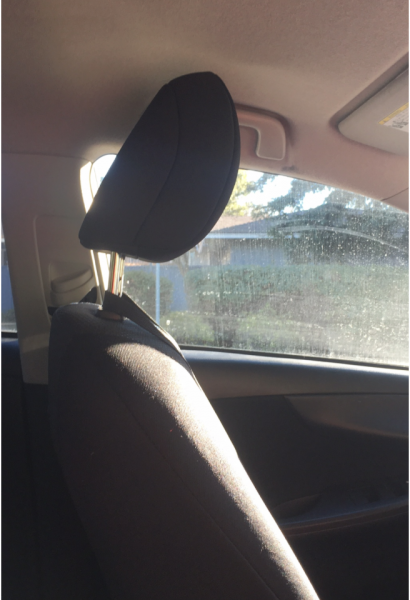
The head restraint, as headrests are now named, reflect, and perpetuate, forward head posture.
The standard that determines the extent to which the head restraint juts forward is the Crash Test Dummy. The Crash Test Dummy was modeled on a person with typical Forward Head Posture, and therein lies the rub.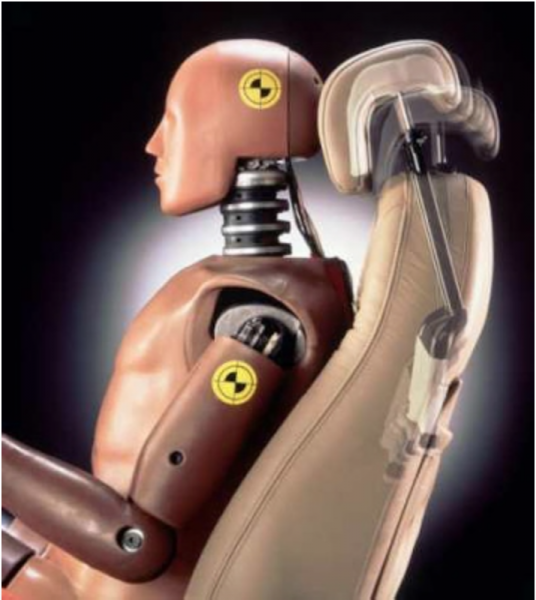
The Crash Test Dummy has forward head posture
When I taught a workshop to the designers at Johnson Controls in Ann Arbor, they pointed to my Stretchsit cushion and remarked “the reason your products are popular is that we’re legally obliged to design seats the way we do.” It is sad when designers become constrained by deterioration in people's posture.
Forward head posture is now so common it negatively influences car headrest design.
Solution: Very similar to the solution for bolsters, but the extent of how much you build up the central portion of the backrest now depends on how much the head restraint juts forward. DO NOT turn the headrest around 180 degrees or remove it or sit forward in your seat - in case of an accident, this would put you at risk of severe damage from whiplash. Technique: Determine the best posture you are able to assume in your neck. Now pad the central portion of the backrest so that the headrest works to rest your head against. Elongate your neck in any of the five ways described in 8 Steps to a Pain-Free Back, and “hook” the back of your head against the headrest so your neck is getting a gentle stretch.
- Setting the bottom back in the seat. This is not a problem in most cars. Some notable exceptions are:
- very old cars whose seats have worn down so your bottom sinks into a “cave.”
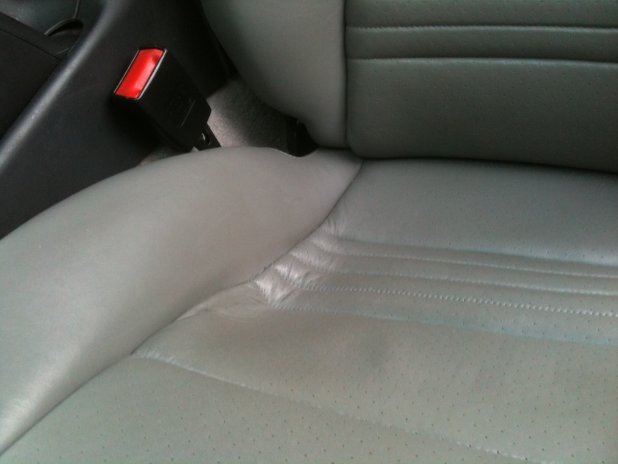
Some carseats wear out in ways that create a "cave" for your bottom to sink into.
Solution: build up the cave to horizontal or near horizontal. Do not build it up to be a wedge - wedges are helpful for stacksitting, but not for stretchsitting, and in a car you want to stretchsit, not stacksit.
- Bucket seats: Ouch. Solution: It’s very difficult to fix these. I recommend starting from scratch - go to Relax the Back, buy a seat to place in your bucket seat, and modify as needed.
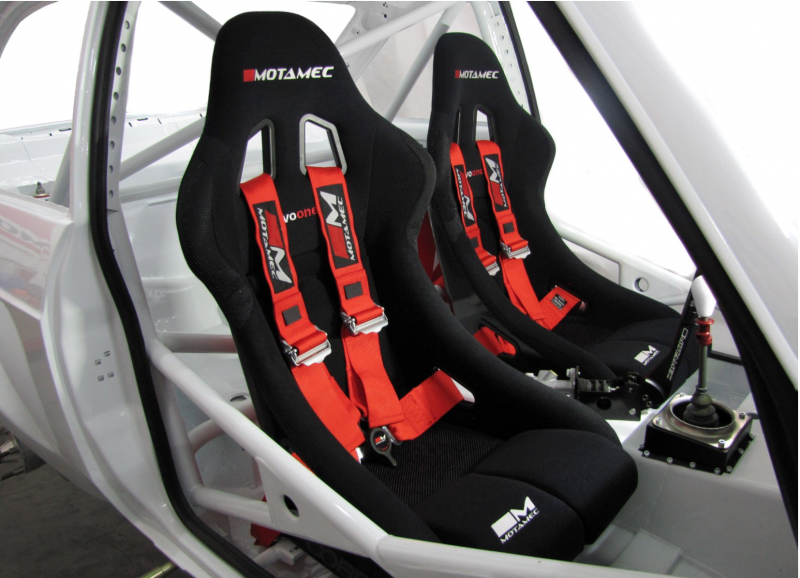
Bucket seats are very difficult to modify so they support healthy posture
- Spine support. Does your car seat have lumbar support? This is based on conventional wisdom about an S-shaped spine being normal and healthy.
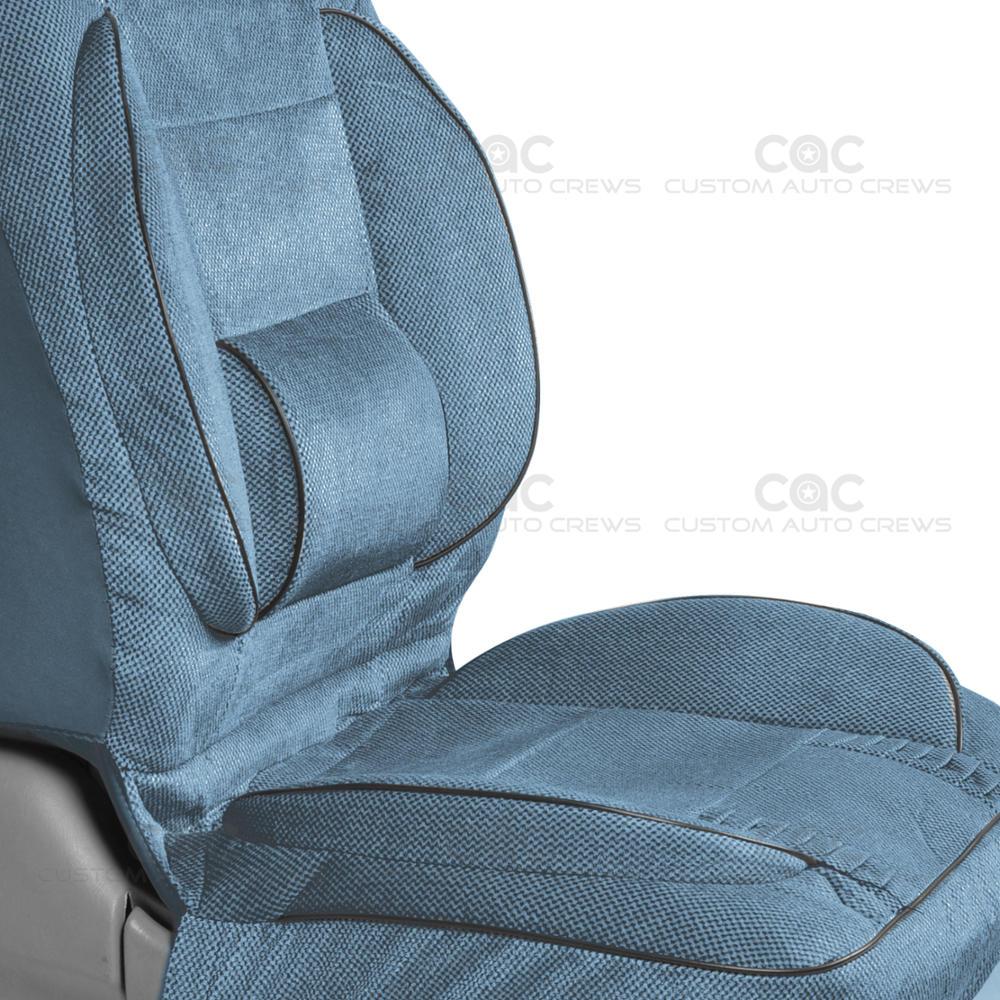
An unhealthy amount of built-in lumbar support in a carseat.
My experience is that it causes extra curvature in the spine, tight back muscles, degenerated discs, and arthritic changes in the vertebrae. Solution: What you really need is a thoracic support that you can stretch your back against. Technique: Use a Stretchsit cushion (if you have a fabric seat, a folded towel can also provide the grip you need) suspended behind your mid-back. Follow the instructions in 8 Steps to a Pain-Free Back to stretchsit and put your lower back into a gentle, comfortable amount of traction.
So what can you do to set your car up for healthy posture?
- If you're in the market for buying a car, examine the carseat. Some brands are better than average in the design of their seats. The Fiat 500, for example, has a head rest that works with healthy neck posture, and has bolsters that do not extend all the way up shoulder level.

The Fiat 500 is an example of car model that has a relatively well-designed carseat.
- The Stretchsit cushion is remarkably effective in mitigating a lot of flaws in carseat design. It can neutralize the effects of exaggerated lumbar support, deep bolsters, and head restraints that jut forward too far. In addition, it facilitates stretchsitting, which is healthful in itself, but also dampens the effect of bumps and jolts in driving, especially on bumpy roads.
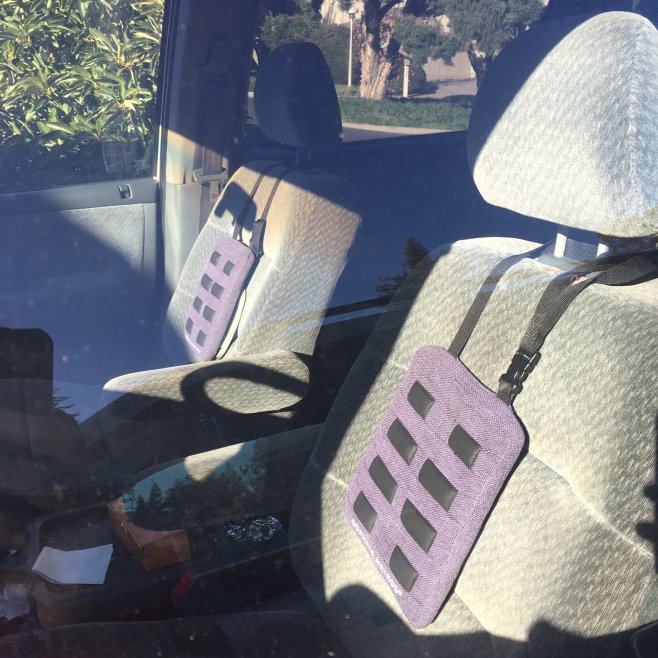
The Stretchsit cushion helps transform poor carseats into healthy carseats.
- Set yourself up with good posture. No matter how good your carseat is, there is no substitute for knowing what to do in your own body. Stretchsitting, which is one of the easiest Gokhale Method techniques, is well suited to driving. Lengthen your spine against a support at the level of your mid-back, roll your shoulders back, elongate your neck against the head rest, and enjoy the ride!
What kind of car do you drive and how well do the seats work to support you? How have you improved your carseat?

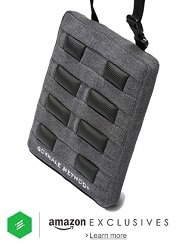

Comments
GREAT article! I've been
Very glad to hear the
Very glad to hear the Stetchsit cushion provided an easy way to be comfortable and healthy!
I have a 1999 Mitsubishi
So glad to hear that you have
So glad to hear that you have articulated that sitting comfortably is an important aspect of car design and that it will influence your purchase!
The head rests on my car made
Add New Comment
Login to add commment
Login